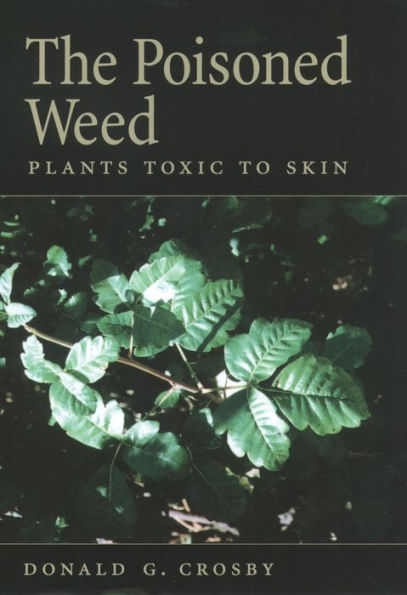The Poisoned Weed: Plants Toxic to Skin
Over-two thirds of the U.S. population is allergic to poison oak, poison ivy, or a related plant. These and many other common plants in our homes, fields, and gardens are irritants that cause misery to many. But surprisingly, there has never been a general guide to help raise awareness of them--and to help avoid them. This new book reviews the history, occurrence, classification, toxicity, and health aspects of all the major allergenic and irritant species.
1113065580
The Poisoned Weed: Plants Toxic to Skin
Over-two thirds of the U.S. population is allergic to poison oak, poison ivy, or a related plant. These and many other common plants in our homes, fields, and gardens are irritants that cause misery to many. But surprisingly, there has never been a general guide to help raise awareness of them--and to help avoid them. This new book reviews the history, occurrence, classification, toxicity, and health aspects of all the major allergenic and irritant species.
57.99
In Stock
5
1

The Poisoned Weed: Plants Toxic to Skin

The Poisoned Weed: Plants Toxic to Skin
Related collections and offers
57.99
In Stock

Product Details
| ISBN-13: | 9780190288709 |
|---|---|
| Publisher: | Oxford University Press |
| Publication date: | 04/01/2004 |
| Sold by: | Barnes & Noble |
| Format: | eBook |
| File size: | 5 MB |
From the B&N Reads Blog
